In the past, checking temperature was straightforward—you’d use a thermometer or a contact sensor. These tools were effective in many situations, but they had limitations. When the surface was too hot, too far away, or potentially dangerous, traditional methods often failed. That’s when thermal cameras began to prove their value.
Over the last few years, temperature measurement has quietly evolved across a range of industries, including electrical maintenance, HVAC, and scientific research. This shift isn’t driven by flashy features, but by the need to address real-world challenges with greater speed, safety, and accuracy.
The Real Power of Seeing Heat
Thermal cameras provide more than just numerical data—they visualize temperature patterns. A thermal image can uncover issues that a standard digital reading might miss, such as uneven heat distribution on a circuit board, hidden air leaks around windows, or early signs of mechanical failure in a motor.

This ability to detect what the eye can’t see is the reason many professionals now keep a compact thermal camera on hand. It’s not about following trends; it’s because the tool delivers results and often identifies problems that would otherwise go unnoticed.
When Accuracy Isn’t Optional
In many professional settings, there is no room for guesswork. Whether you're fine-tuning industrial machinery, scanning a server rack for hot spots, or diagnosing a drop in HVAC performance, even small temperature variations can make a critical difference. In some cases, just half a degree can separate a simple adjustment from a costly failure.
Today’s thermal cameras, such as the Thermal Master P2, offer a level of temperature sensitivity that was once limited to large, high-end equipment. With a compact design that connects directly to a smartphone, these devices allow users to detect subtle thermal anomalies with impressive accuracy.

More Than Just a Measurement Tool
What makes thermal cameras so valuable isn’t just their accuracy. It’s their versatility. One device can help:
A building inspector spot water damage behind drywall
An engineer monitor circuit performance under load
A home user check for insulation gaps before winter hits
It’s that wide range of applications that’s making thermal cameras less of a niche tool and more of a go-to standard.
Final Thoughts
Thermal cameras are not meant to replace every tool, but they serve an essential role by offering insights that traditional sensors often can’t provide. They deliver results quickly, operate safely from a distance, and are becoming more accessible than ever. In fields where precision, efficiency, and safety are critical, their value is clear.

If you haven’t used one yet, you may not realize what you’ve been missing—until you see the difference for yourself.


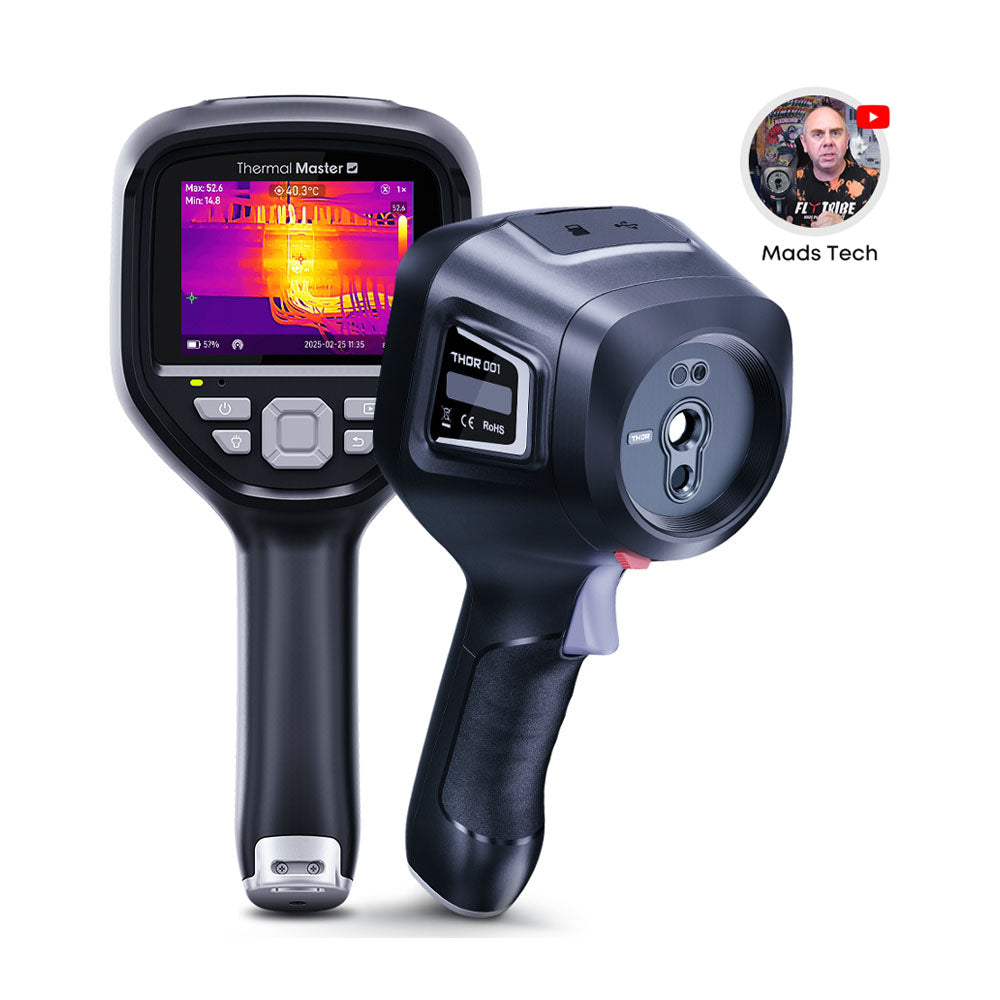

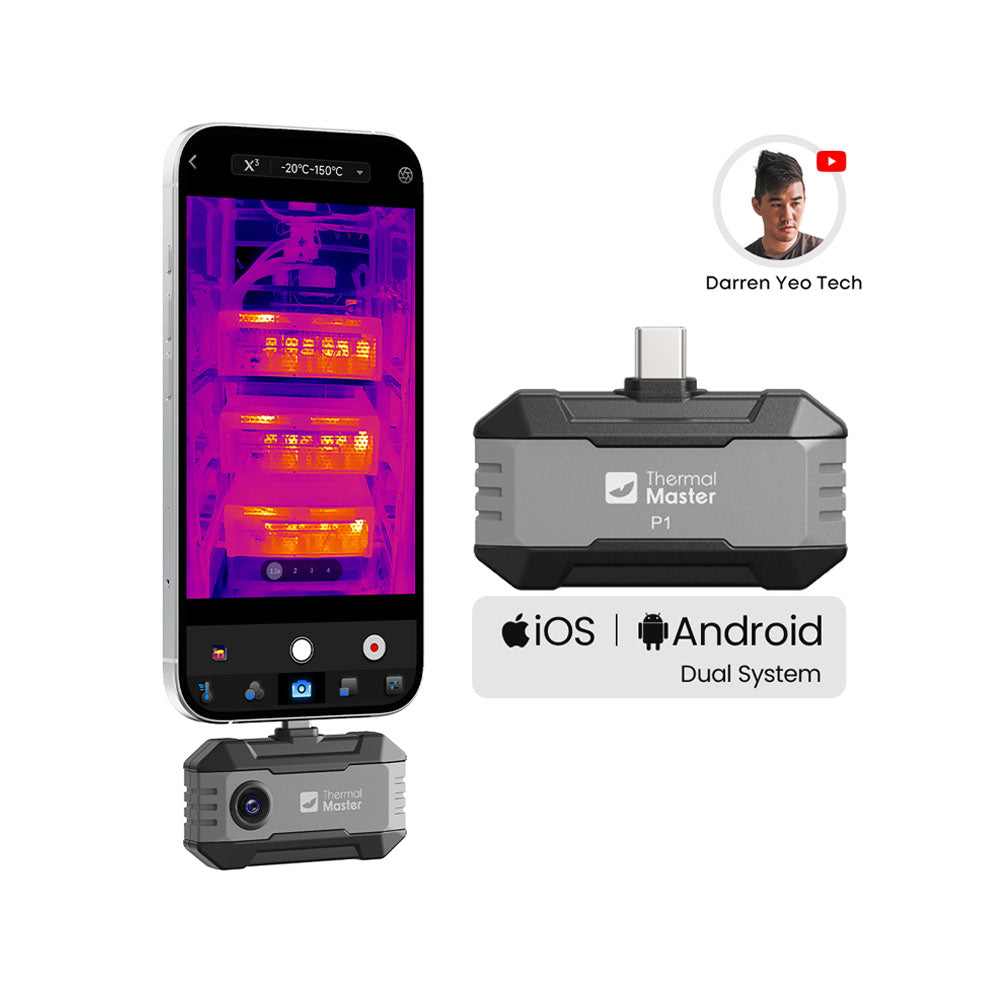

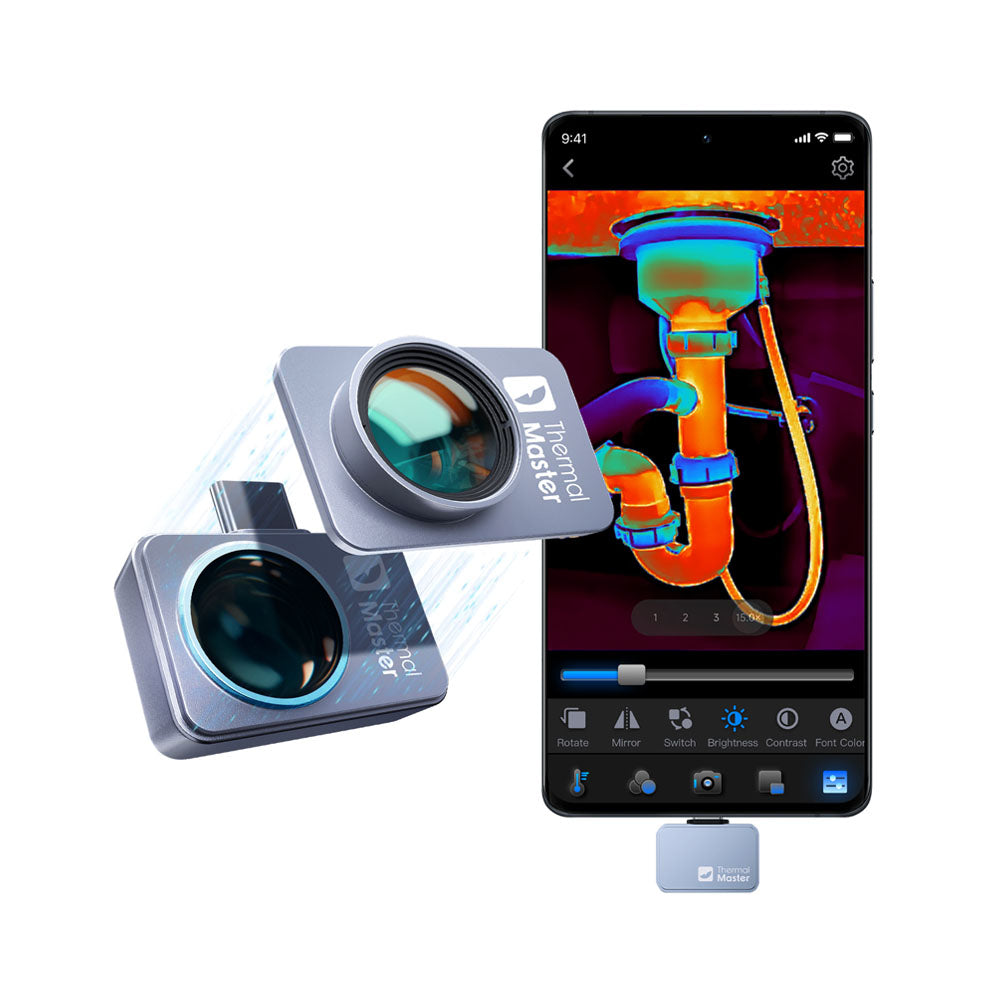

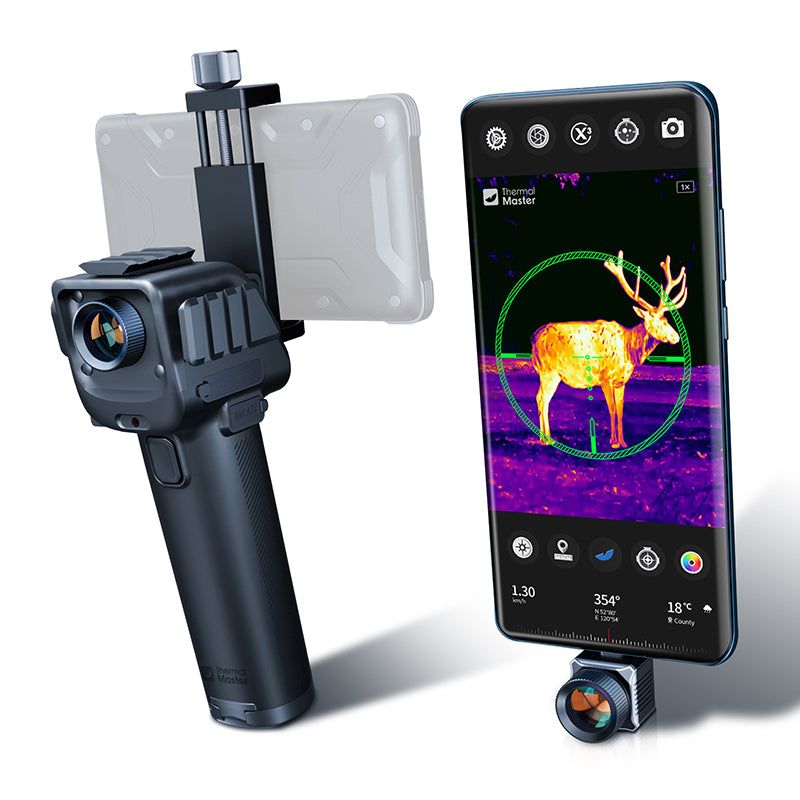
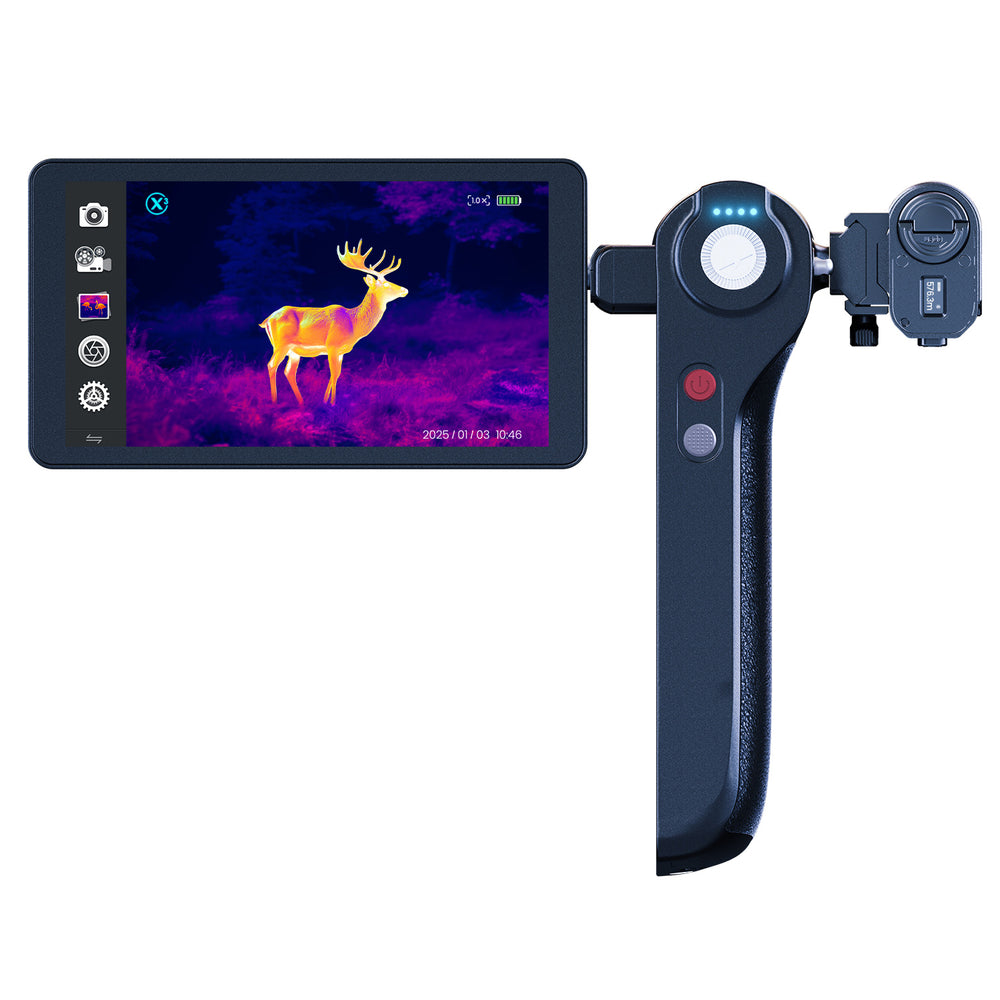
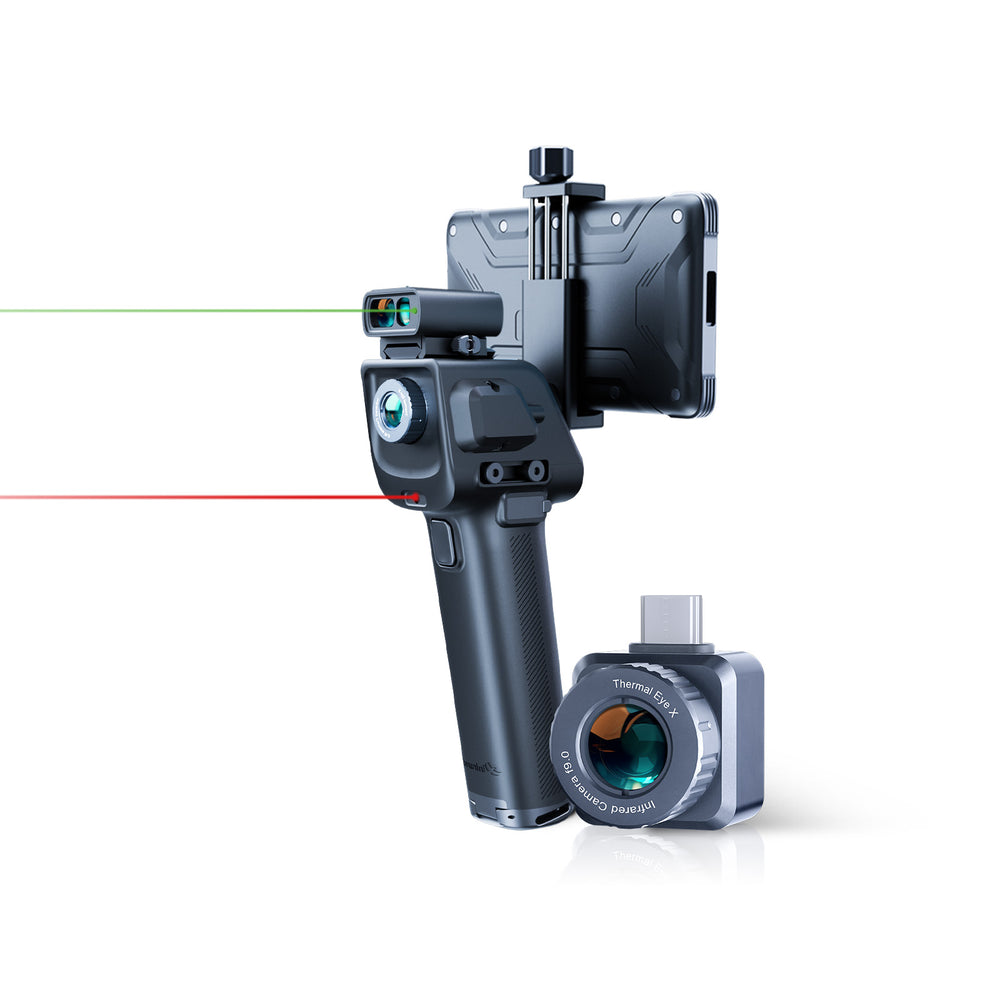

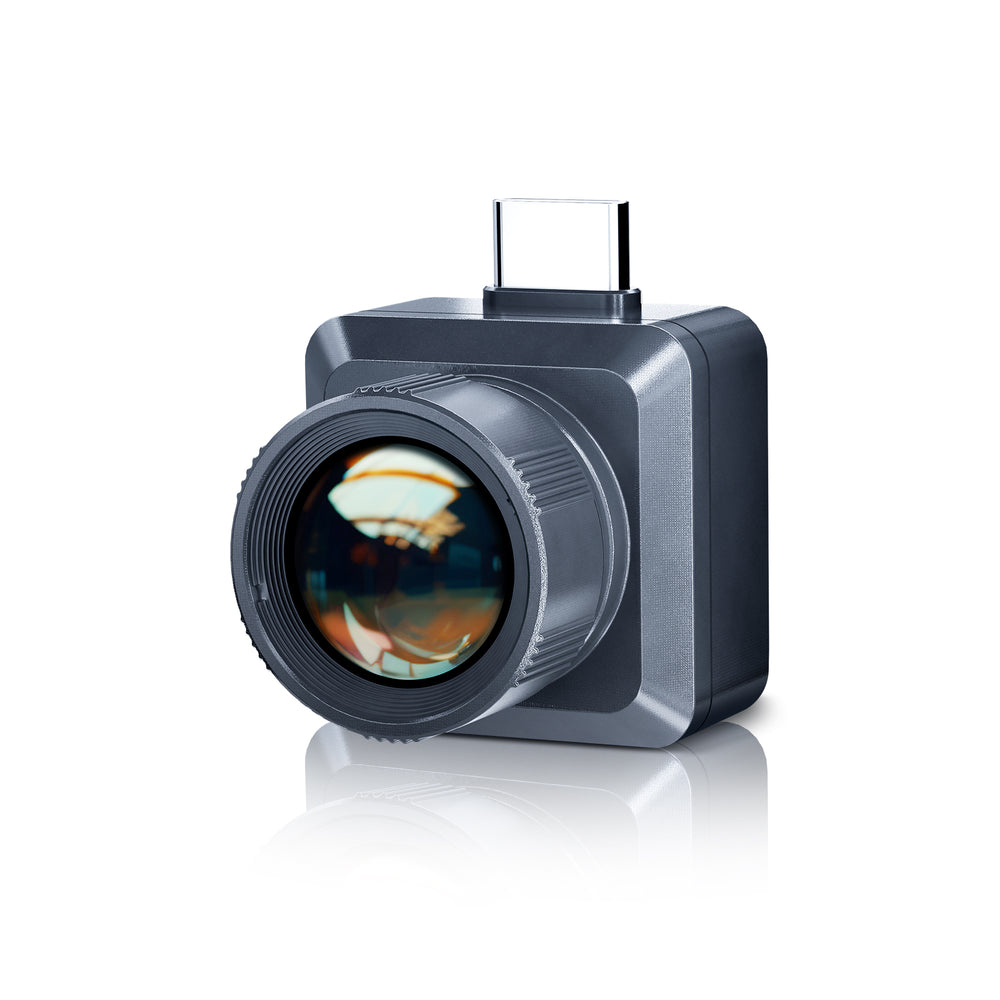
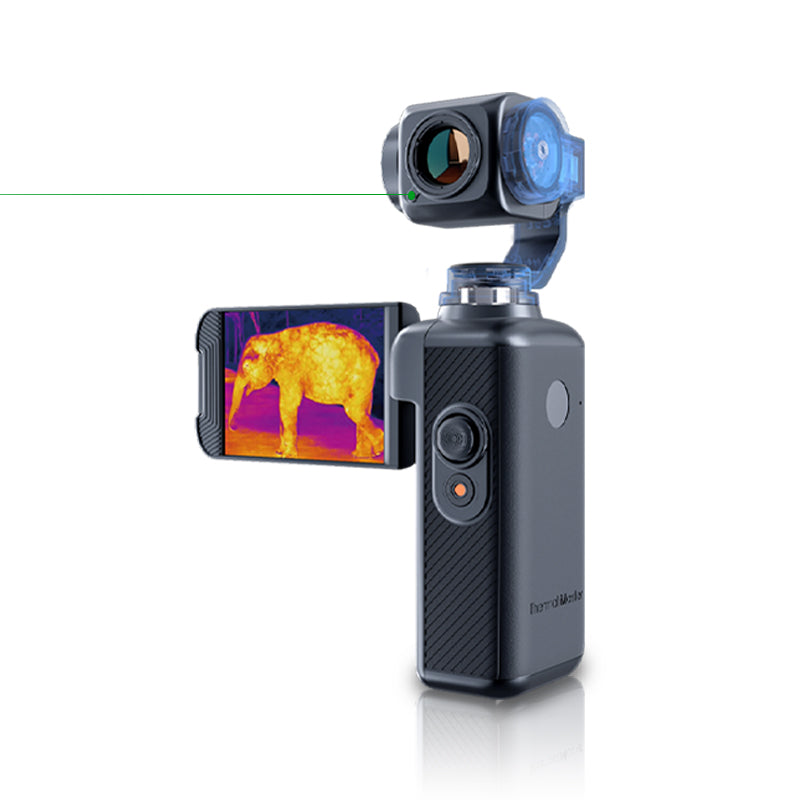
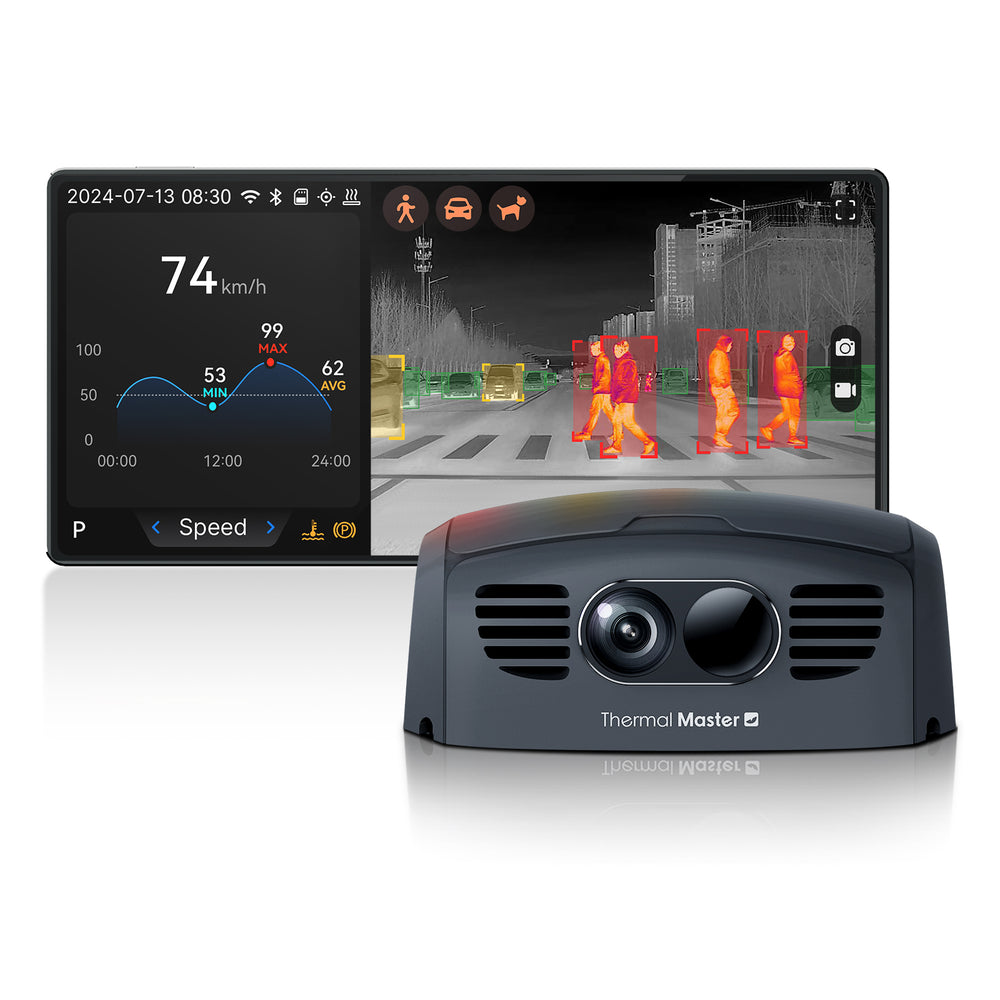

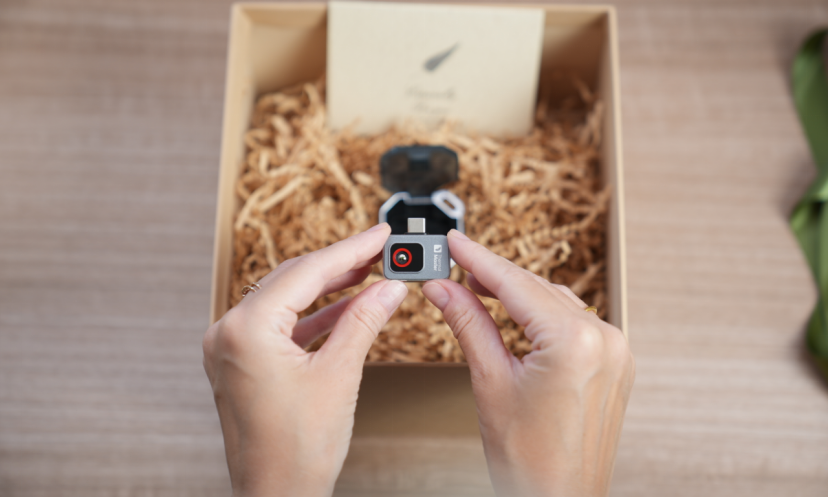
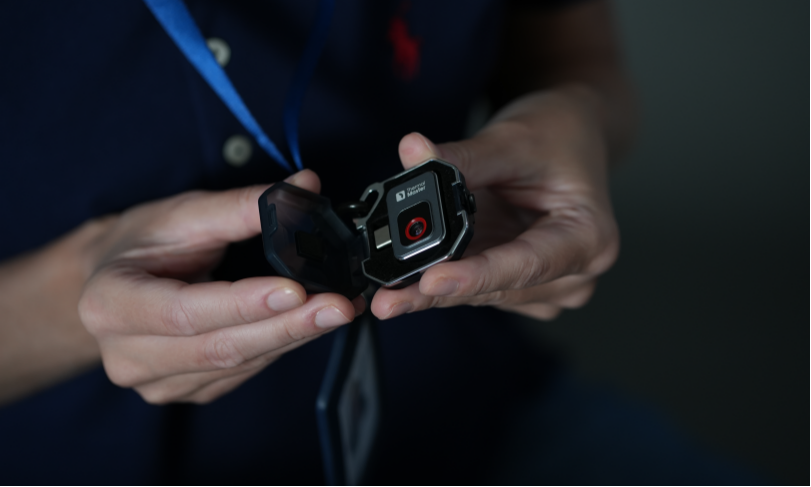
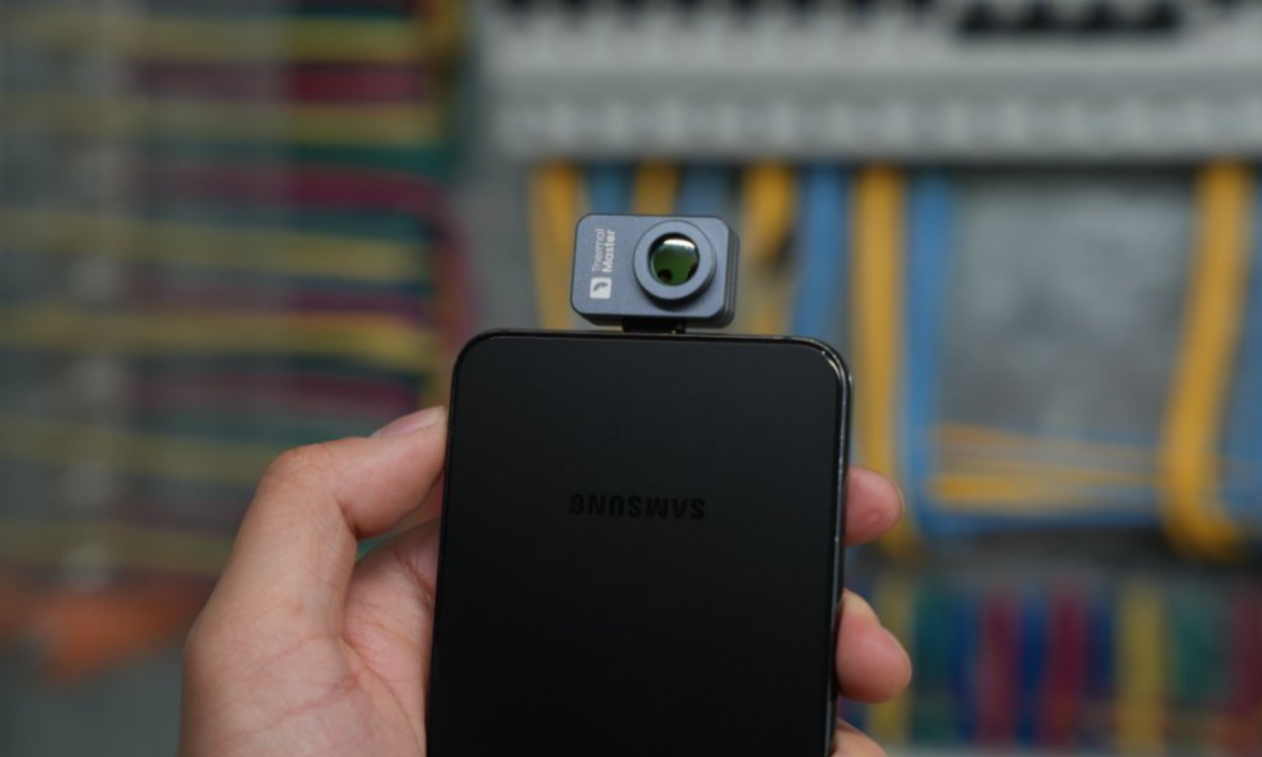
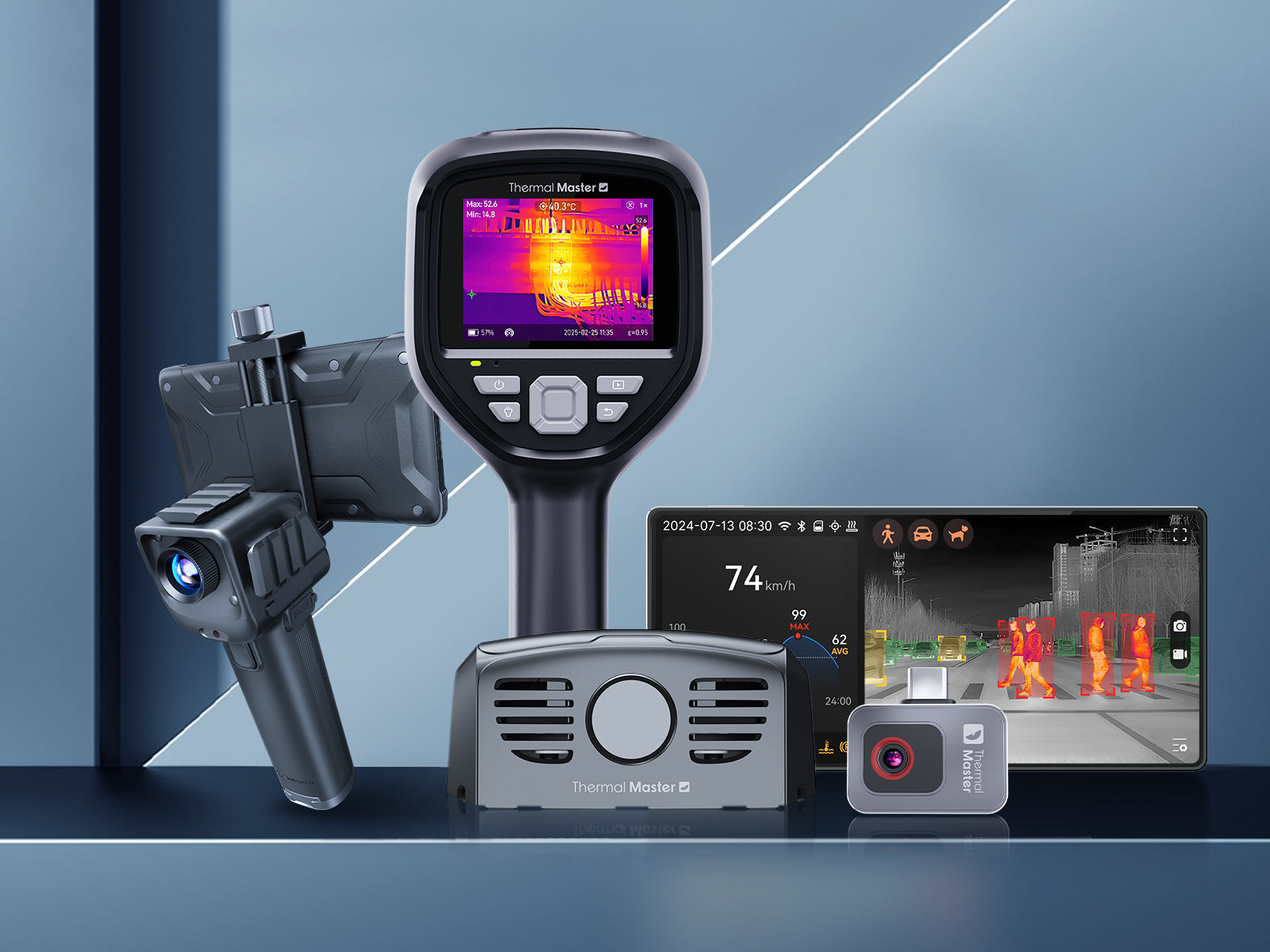
Leave a comment
All comments are moderated before being published.
This site is protected by hCaptcha and the hCaptcha Privacy Policy and Terms of Service apply.